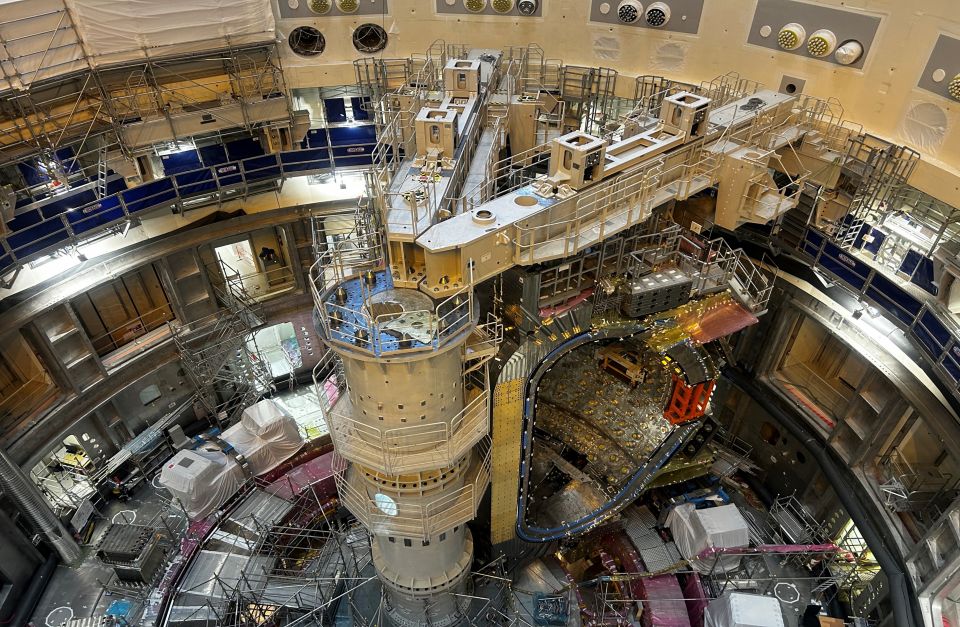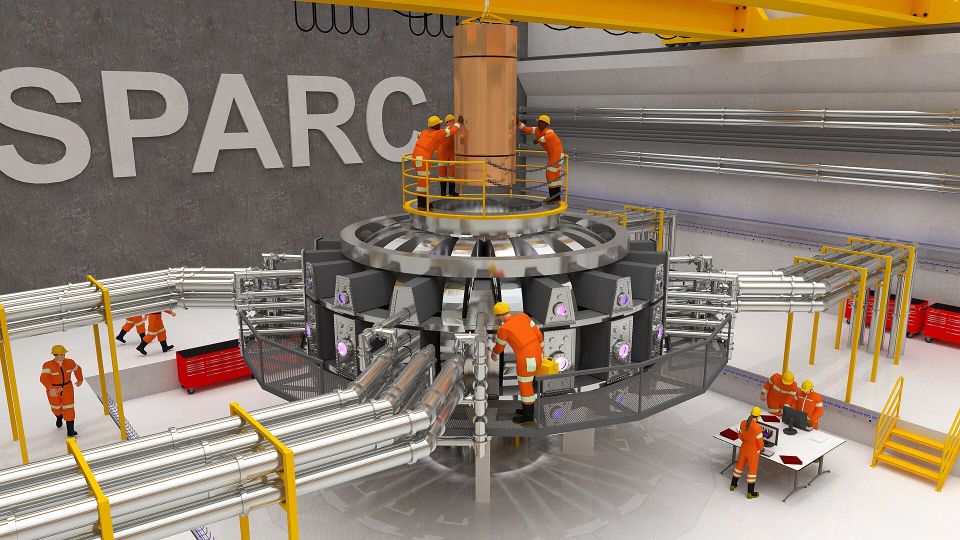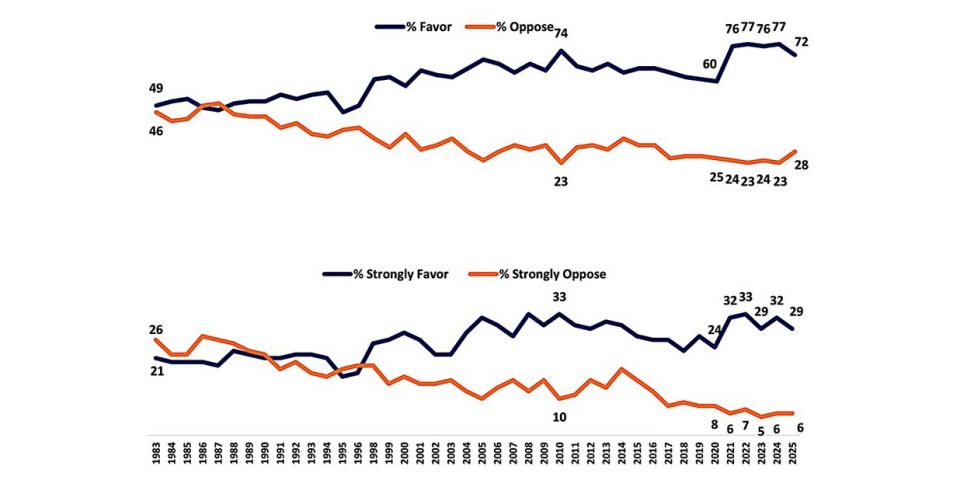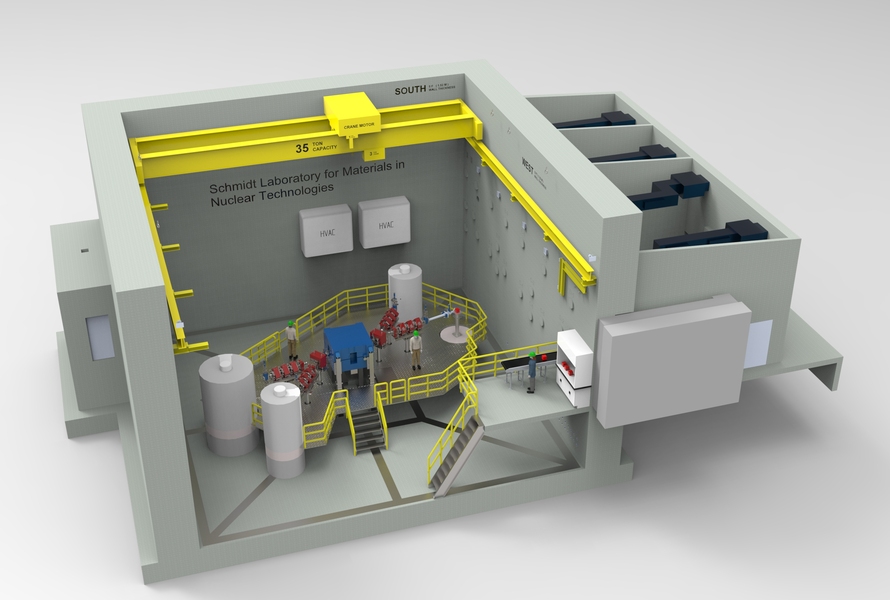Two reports sound alarm on supply chain deployment risks—for fission and fusion
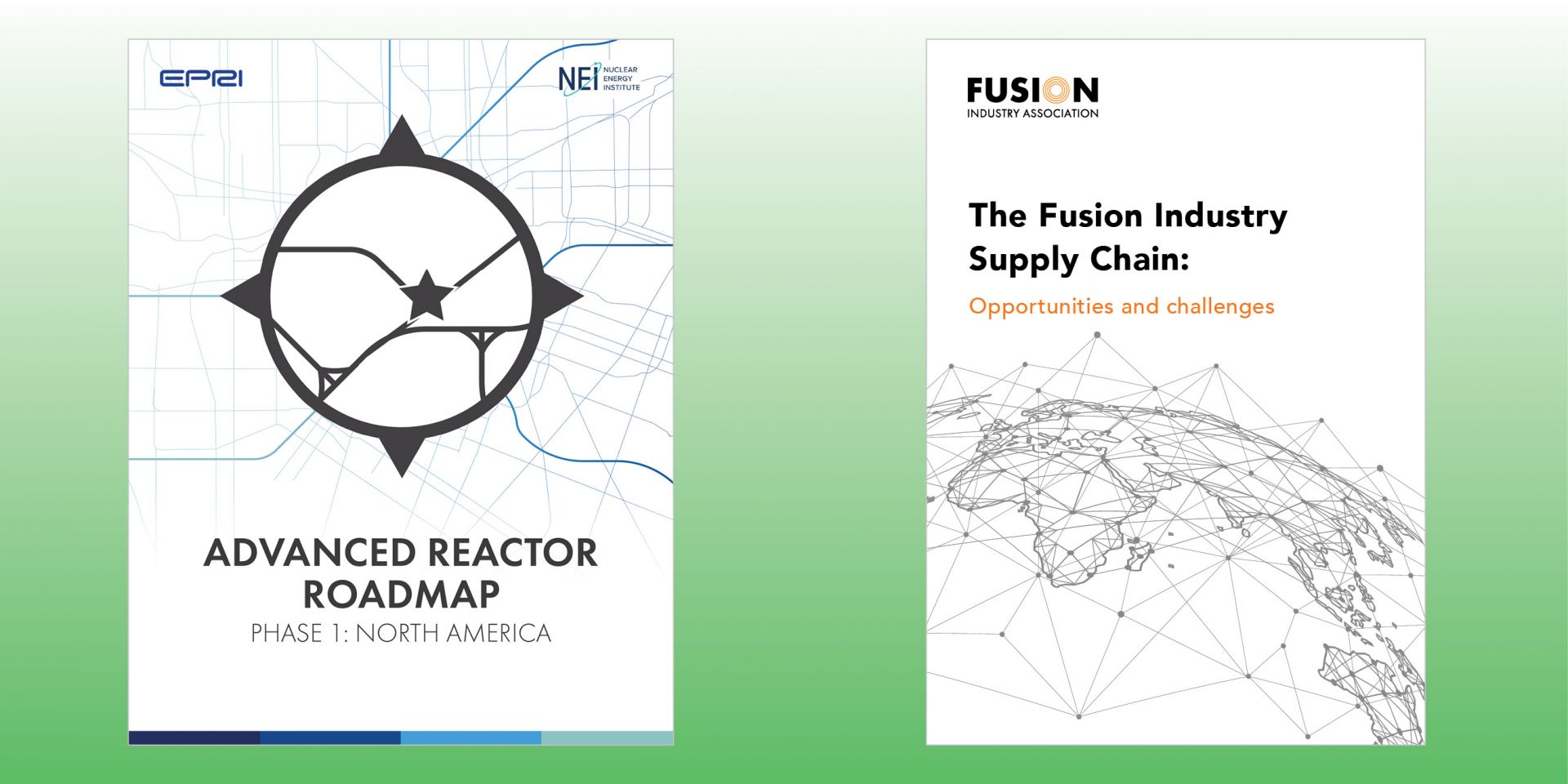
Reports released this week point to a clean energy future fueled by atomic energy—if and when pressing supply chain issues can be resolved. Advanced Reactor Roadmap, Phase 1: North America, released on May 15 by the Electric Power Research Institute and the Nuclear Energy Institute, takes a broad look at the deployment of advanced fission reactors and identifies supply chain ramp-up as one key enabler. The Fusion Industry Supply Chain: Opportunities and Challenges, released by the Fusion Industry Association on May 17, focuses on fusion energy supply chain issues.




